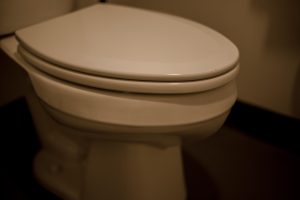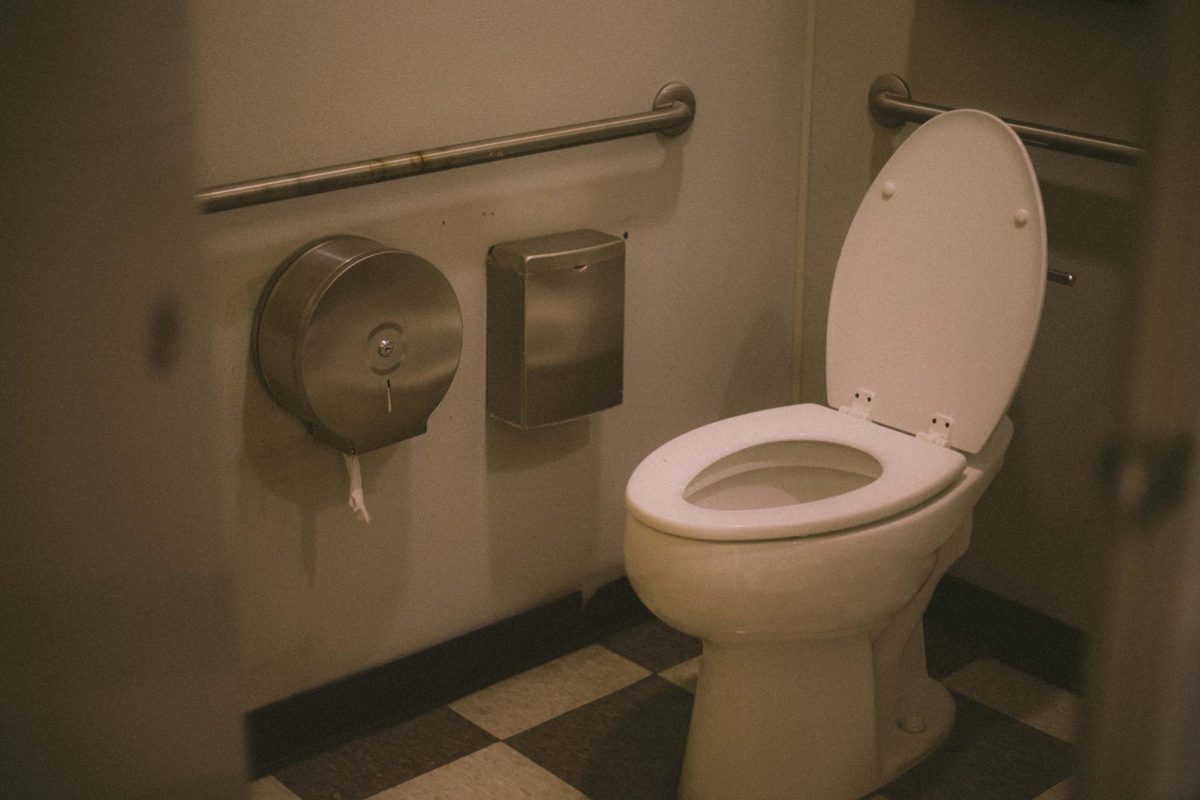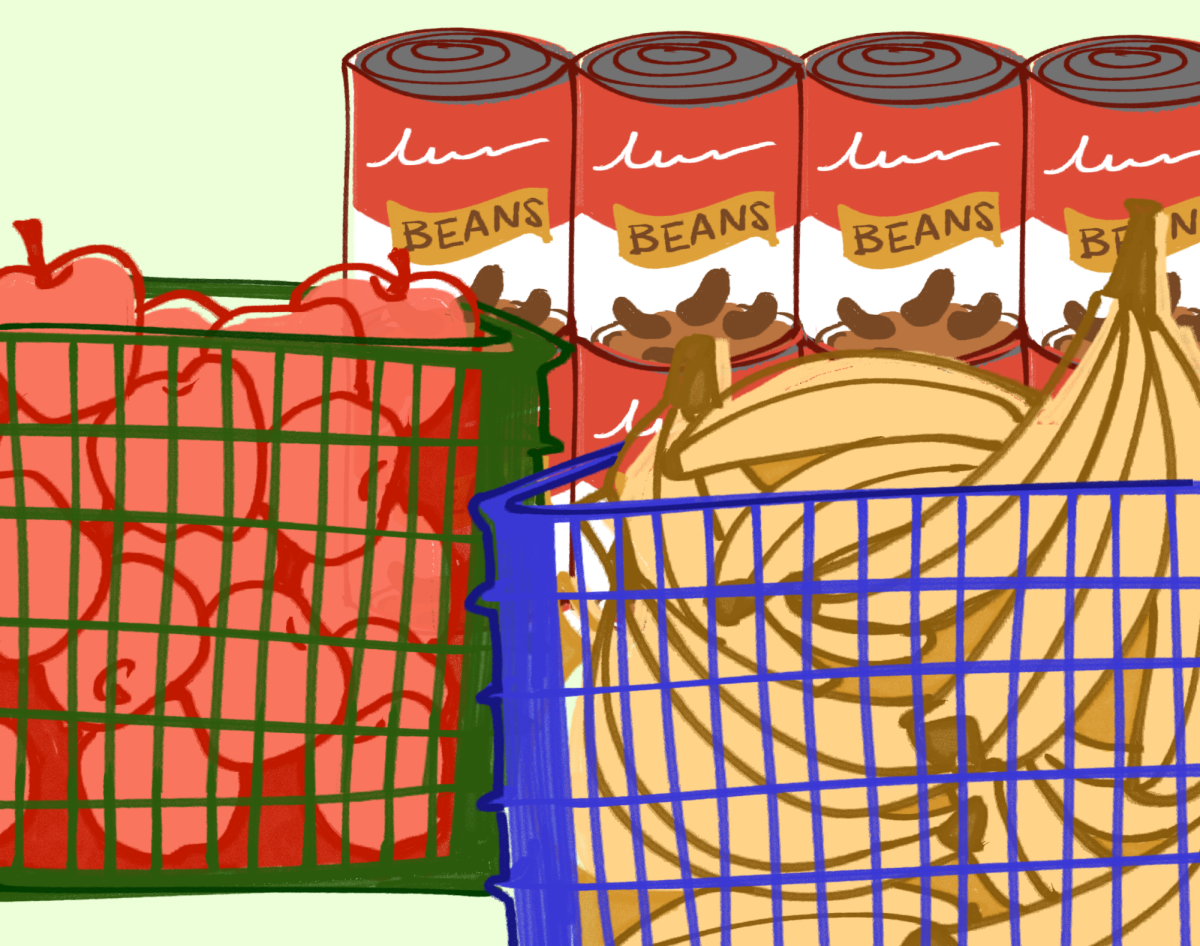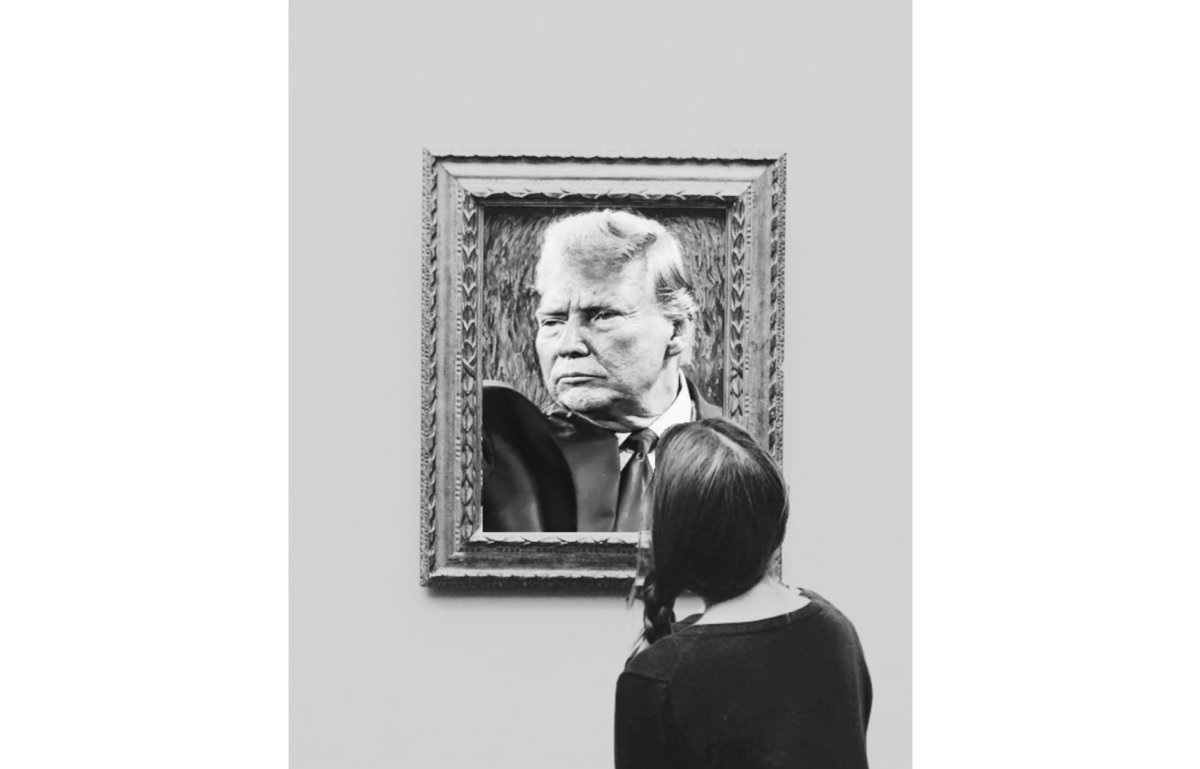
Seattle has been grappling with a toilet crisis for over two years.
The problem originated before the pandemic, according to local journalists. The Seattle area does not offer a wide selection of public restrooms, and the ones available have had their condition called into question. The Seattle Met reported that some of the conditions of toilets in local establishments had “missing toilet seats and lids” and “floors covered in debris.”
This resurfaced Oct. 9, after the recent story was published in The Seattle Times by Daniel Beekman and Anna Patrick, titled “To understand Seattle’s toilet crisis, take a ride through the city.” The article described how a trip from Northgate all the way to Rainier Beach would not provide public restrooms to a potential commuter. For reference, they are 17.5 miles apart, which is approximately 90 minutes by public transit.
This creates problems for both accessibility and public health, as many of the city’s 140 facilities are not available on a 24-hour basis or are kept within parks that close seasonally.
Due to the scarcity of public restrooms, many citizens turn to those provided by private companies and restaurants. However, this does not amend the problem of accessibility—as most restaurants have limited hours—and can create an added burden on the sanitation workers who attend to them.
Peter Owen, a barista at Starbucks, deals with the topic every day—Starbucks has an open bathroom policy. Owen has noticed the need for accessible restrooms reflected in the store’s patrons.
“I noticed that there are a handful of people who don’t even order anything; they just come in here and use the bathroom,” Owen said.
Owen also felt that Starbucks management does not have a strategy set in place to address the high quantity of usage they see.
Another restaurant in Seattle, Al Bacha Restaurant near Cal Anderson Park, also provides a public restroom. Irving Santiago, who works as a cashier at Al Bacha Restaurant, expressed how the establishment accommodates the current crisis.
“We usually give permission to use the restroom,” Santiago said.

Santiago feels that opening the restaurant’s bathrooms to the public can make it more difficult to upkeep sanitation standards as well. He expressed frustration of the onus being placed on restaurant workers, as he feels that public access to the restroom makes too much of a mess to clean.
Megan Okuma, a fourth-year communication and media major at Seattle U, worked on a project in her communications class about how to improve sanitation in public restrooms. She developed a business idea called “When Nature Calls” that creates blogs for restaurants where people could write reviews based on experiences they had in the restaurants.
“The whole goal of that project was to raise awareness about the lack of facilities in Seattle, but also to get people talking about other issues that are involved with it,” Okuma said.
She added that her project was sparked from her own personal experience in Seattle. The main objective of it is to raise awareness and promote care for Seattle’s public health.
“I think it’s so difficult for people to care about this because it’s weird and no one wants to talk about it, but if you just look at it from a standpoint of caring for one another and caring for people in general, I think then it’s easier for us to imagine that this is something that should be afforded to everyone,” Okuma said. “It’s not a privilege; it’s a right.”
Many local restaurants and cafes in the area continue to face challenges due to the absence of sanitary public restrooms. These establishments struggle to maintain cleaning standards while helping to fulfill the demand for accessible public restrooms, contributing to the limited availability of public restrooms.









Ahmed El-Sherbeeny
Oct 24, 2023 at 8:10 pm
Interesting article, especially to a topic that is frequently overlooked. Well done